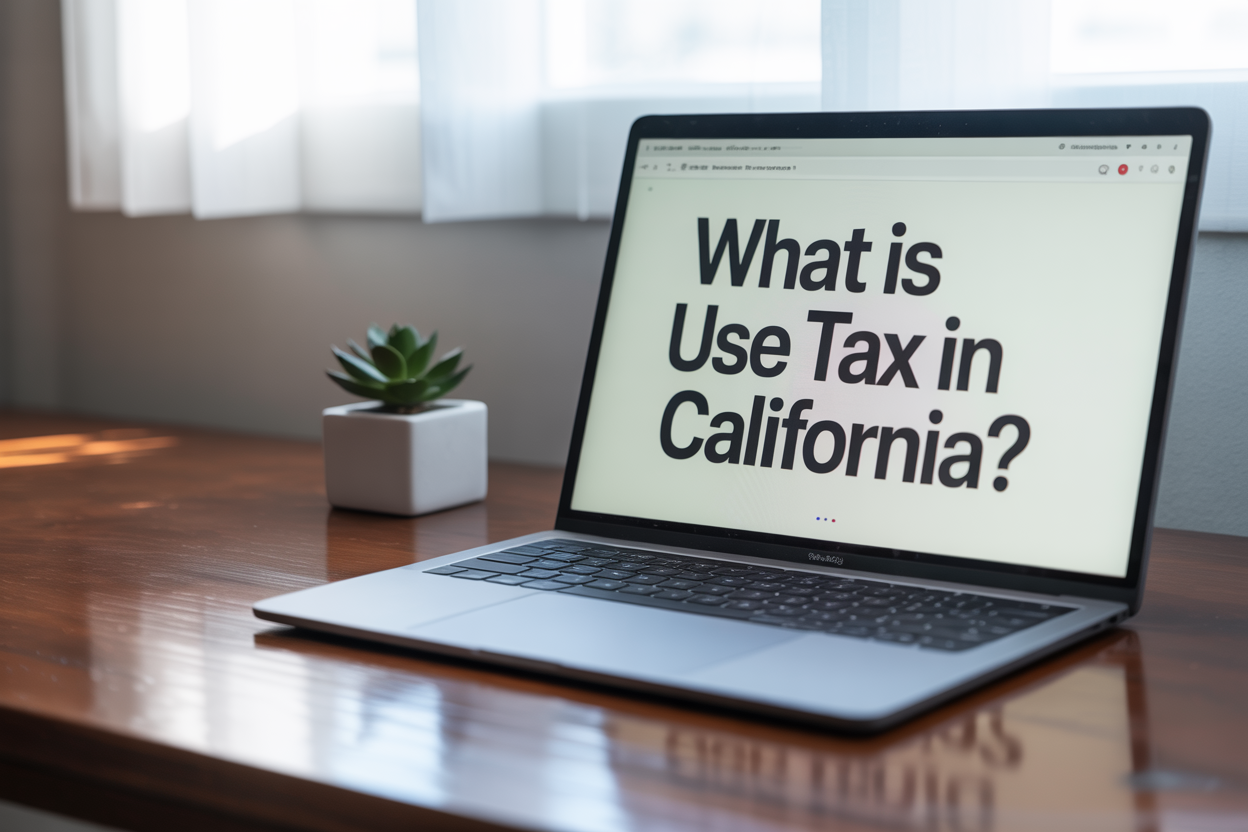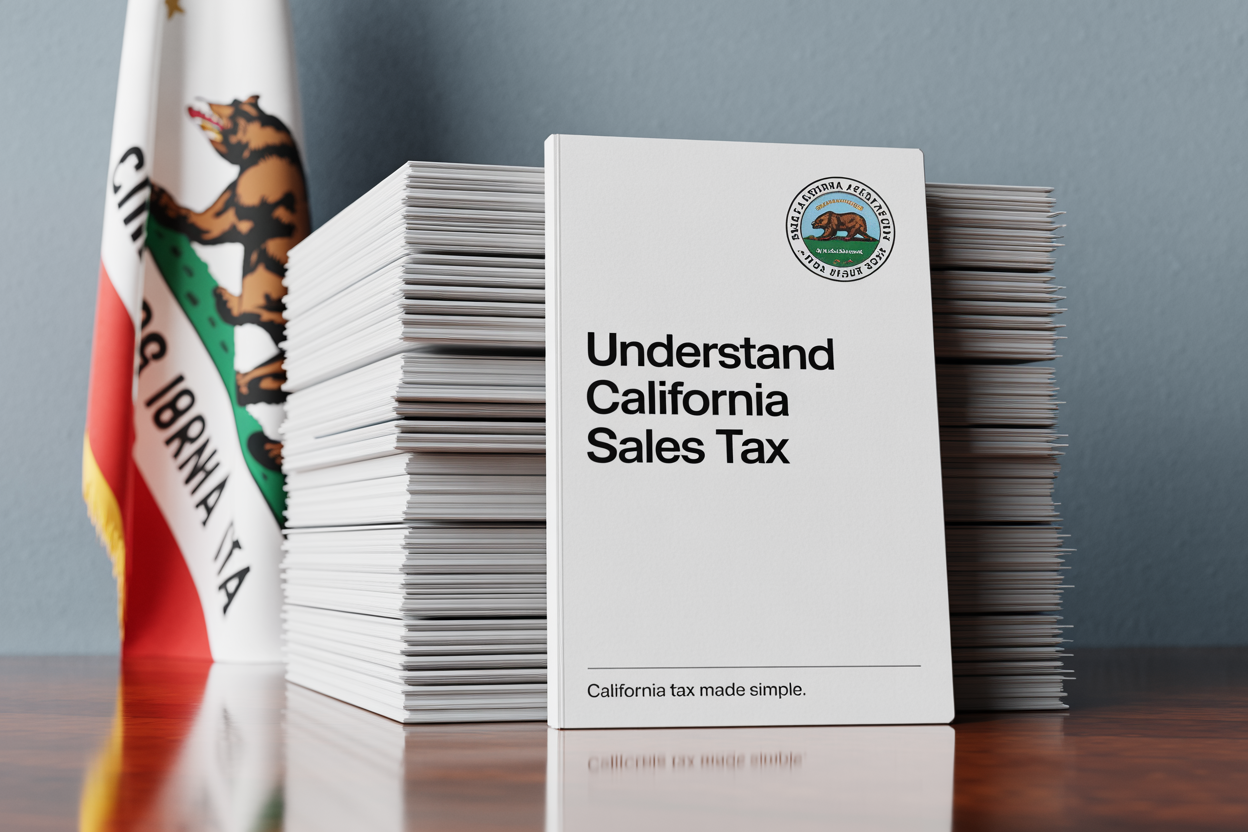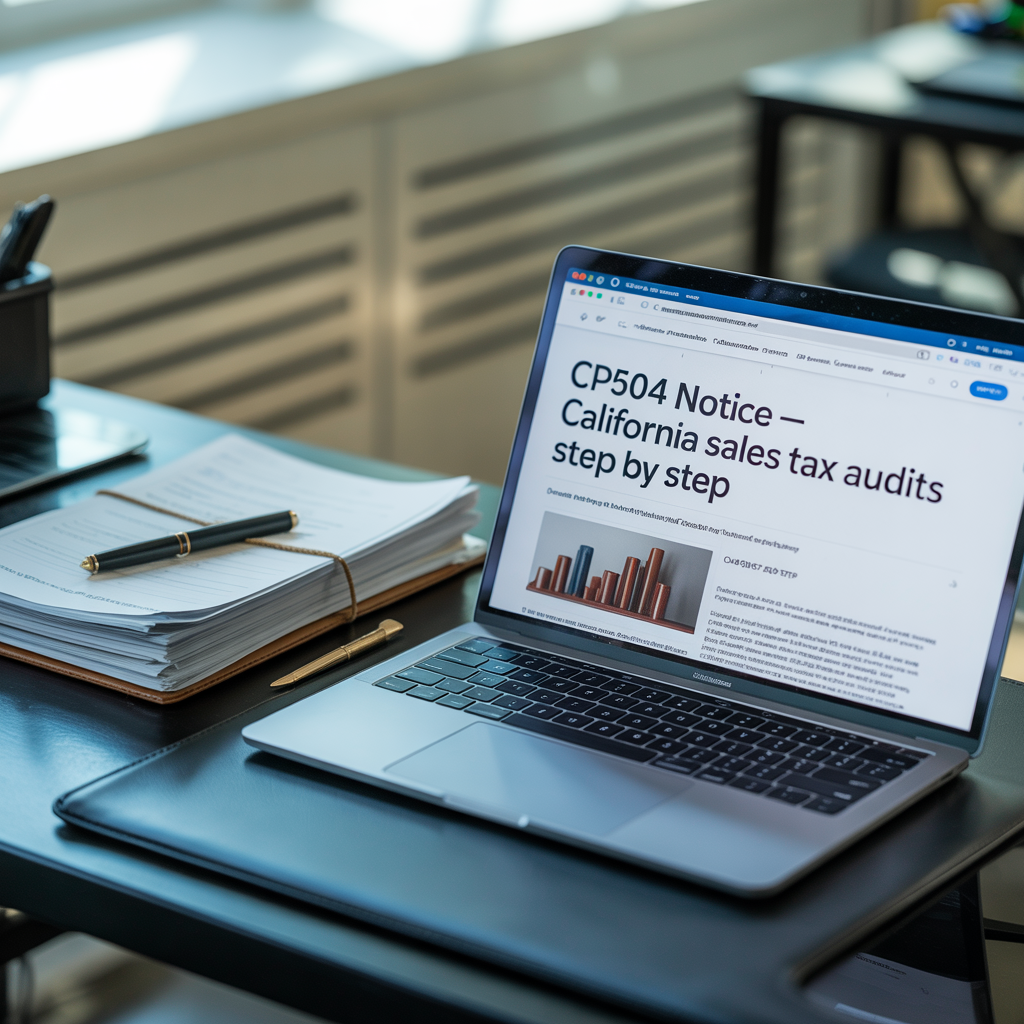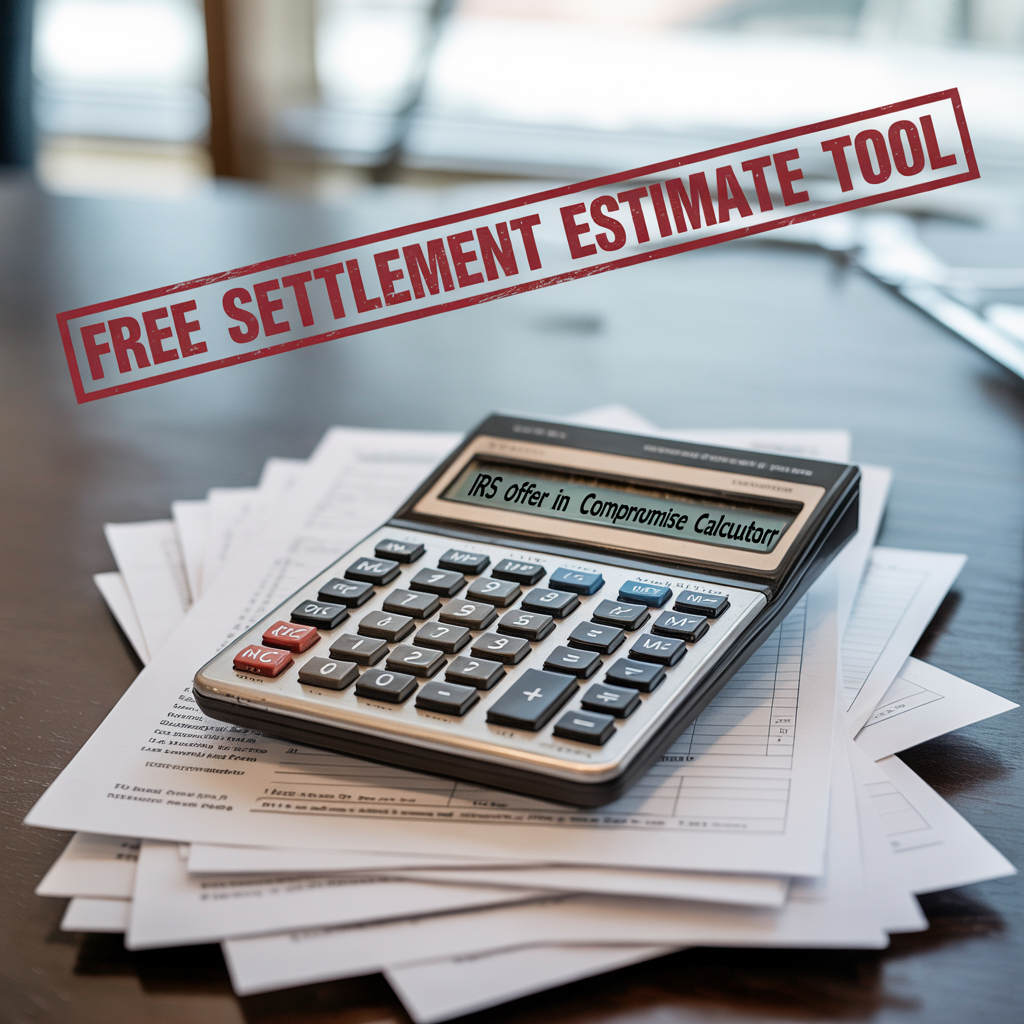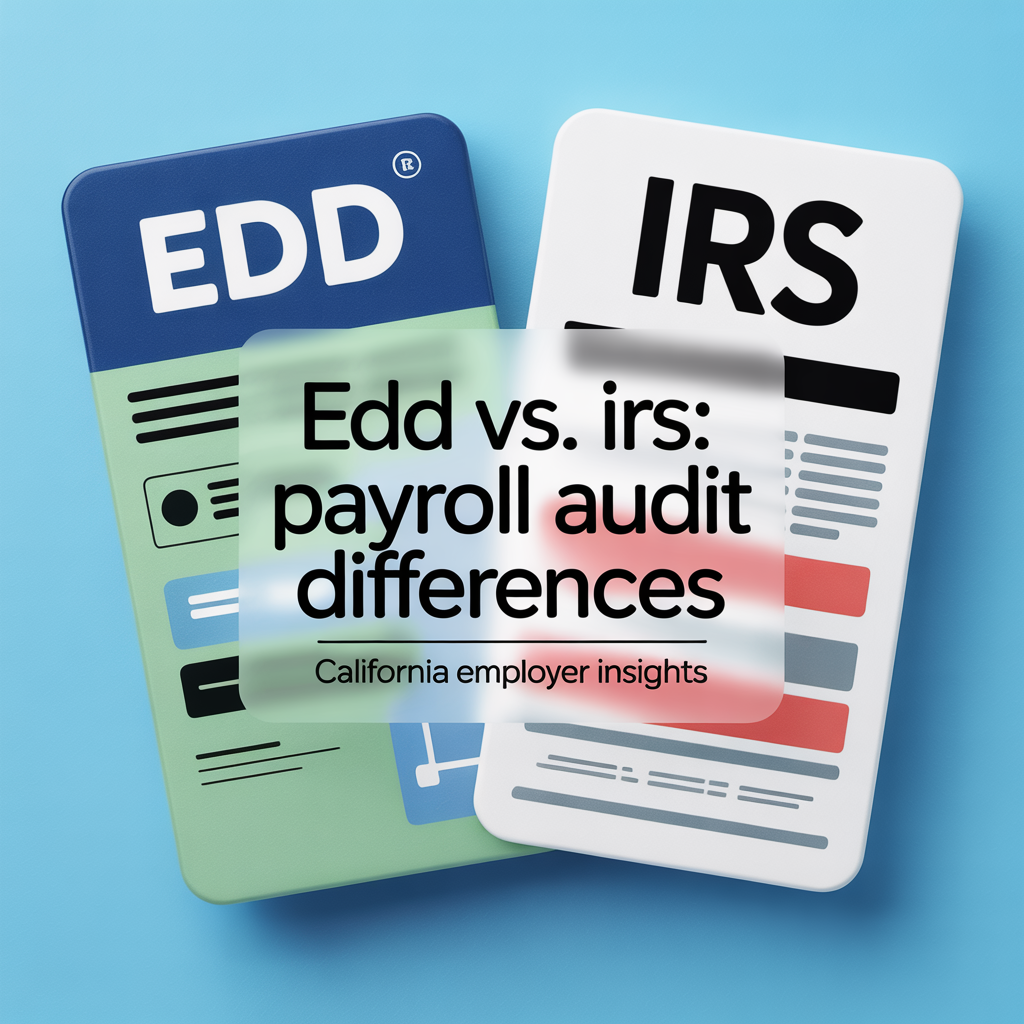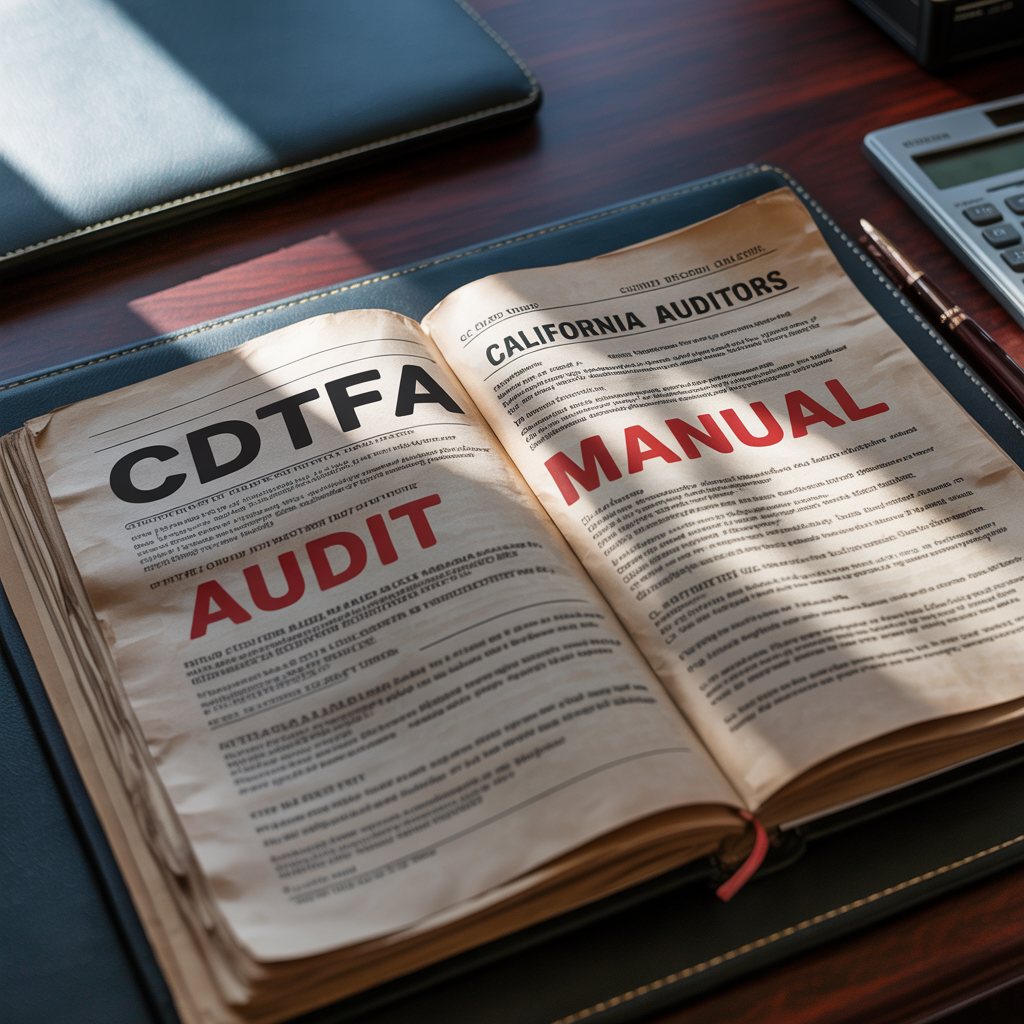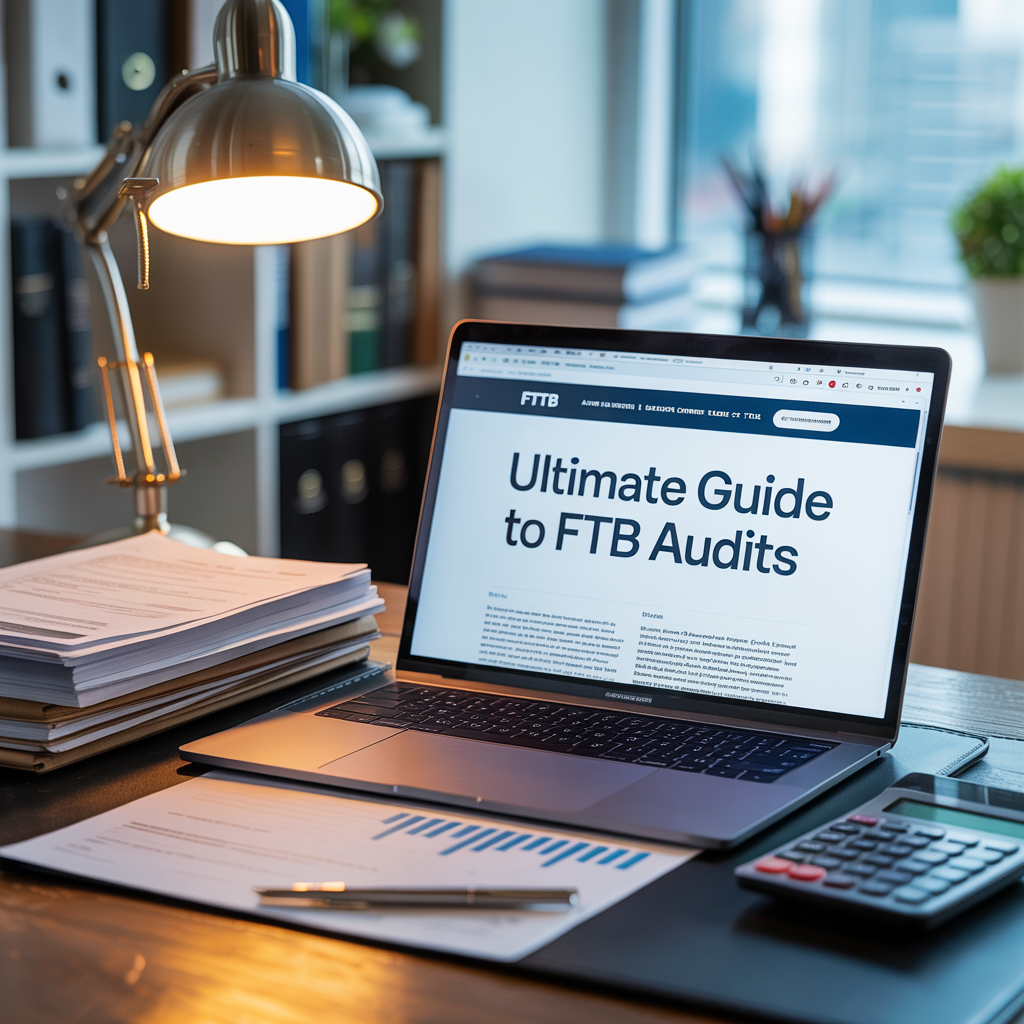How the California Sales Tax Rate Is Determined
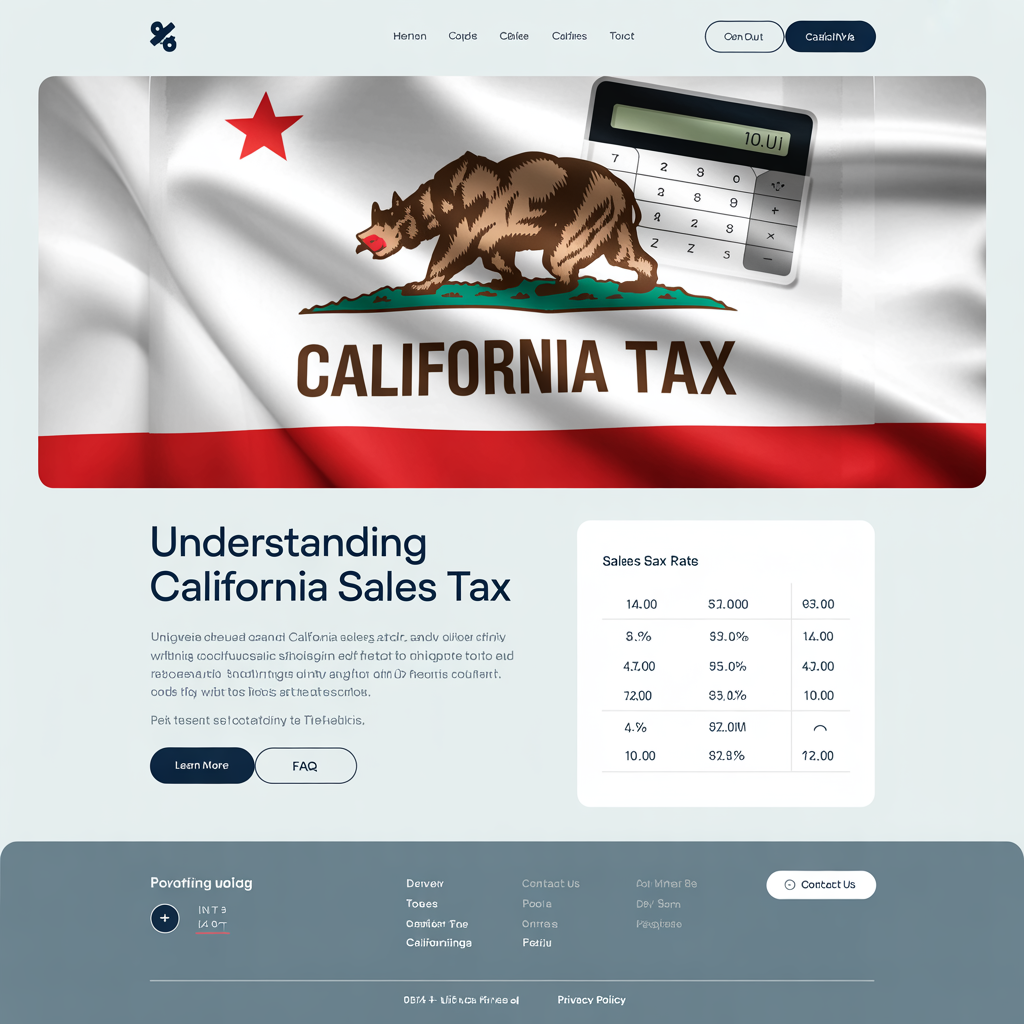
Ever wonder why your invoice says 7.75% in one city and 9.5% in another?
The
California sales tax rate is anything but simple — and it causes confusion for both business owners and customers. As a business owner, knowing how the state and local rates are structured can help you collect and remit the correct tax, avoid problems during the CDTFA sales tax audit process, and keep your business compliant.
In this guide, we’ll break down:
- How California calculates sales tax
- The difference between statewide and local rates
- Which rates apply to you
- How to find the correct rate for your city
- And what happens if you charge the wrong amount
California Sales Tax Rate Basics
The base statewide sales tax rate in California is 7.25%. But that’s just the beginning.
Each jurisdiction (cities, counties, and special districts) can impose additional local taxes, known as district taxes, which stack on top of the statewide rate.
That’s why the total sales tax in one city might be:
- 7.75% in Orange
- 8.75% in Anaheim
- 9.5% in Los Angeles
And those rates change often.
Sales Tax Structure in California
| Tax Type | Applies To | Set By | Example |
|---|---|---|---|
| Statewide Tax (7.25%) | All sales in CA | State legislature | Base rate |
| Local Taxes | Certain districts | City, county, transit, schools | Voter-approved |
| Combined Rate | Total amount you must collect | Based on seller’s or customer’s location | 7.25% – 10.75%+ |
Origin-Based vs. Destination-Based Sales Tax
California is a hybrid state when it comes to sales tax sourcing.
- In-state sales (shipped or delivered): Tax is based on
destination
- Over-the-counter sales: Tax is based on
your business location
So if a customer walks into your shop in Santa Ana, they pay your local rate. But if you ship an item to someone in San Diego, you must charge San Diego’s combined tax rate.
This is where many businesses make mistakes — especially ecommerce sellers. In fact, CDTFA audit red flags for online sellers often include incorrect sourcing of delivery-based transactions.
How to Look Up the Correct Rate
The CDTFA provides several tools to help determine the right sales tax rate:
- CDTFA Online Lookup Tool
https://www.cdtfa.ca.gov/taxes-and-fees/rates.aspx - Mobile App / Address Lookup
You can input a customer’s delivery address and see the current district tax - Sales and Use Tax Rate Chart by City/County
PDF tables that are updated quarterly
Rates can change quarterly — and apply based on when the sale occurs, not when you receive payment.
Common Mistakes in Rate Application
Using your business address for every sale
If you deliver or ship to customers, you may be applying the wrong district tax rate.
Failing to update rates
Some districts increase tax via local ballot measures, and CDTFA enforces those changes.
Under-collecting tax
You can be personally liable for sales tax you failed to collect — even if it was an honest mistake.
During an audit, challenging CDTFA audit findings often comes down to proving you applied the correct district tax rate.
Industry-Specific Examples
- Restaurants: Usually origin-based (on-site dining), but deliveries are destination-based. Many owners need a restaurant sales tax audit survival guide to navigate these tricky rules.
- Online Sellers: Must charge based on where the item is shipped, including multiple district rates.
- Contractors: May owe tax on materials or equipment based on project delivery location.
- Auto Repair Shops: Applies to parts and labor differently, depending on locality.
What Happens If You Apply the Wrong Rate?
If you charge too much:
- The customer may file a complaint
- You may be forced to refund the overage
If you charge too little:
- You’re liable for the shortfall,
even if the customer already paid you
During a CDTFA audit, auditors compare your sales tax rate to your delivery addresses, POS data, and ZIP code records. If they find discrepancies, you could owe back taxes, interest, and penalties. Sometimes negotiating a CDTFA audit balance is the only way to manage these liabilities.
It’s also important to note that improper reporting can overlap with California FTB audit triggers, since income and sales tax records are often compared across agencies.
How Boulanger CPA Helps with Sales Tax Compliance
As a CPA firm that defends clients in CDTFA audits every day, we help businesses:
- Review current rate application
- Clean up POS system mapping
- Fix past errors
- Prepare for audit defense
- Stay ahead of quarterly tax changes
Based in Orange County, we serve clients across California — especially high-risk industries like restaurants, retailers, and contractors. For more resources, don’t forget to explore more in Defend What’s Yours.
Related Blog Posts
- What Happens When You Fail a Sales Tax Audit (CDTFA)
- California Sales Tax Audits Step by Step
- CDTFA Sales Tax Audit Overview for Business Owners
- What Triggers a CDTFA Sales Tax Audit?
Frequently Asked Questions
What is the base sales tax rate in California?
The statewide base sales tax rate is currently 7.25%, but actual rates vary depending on local district taxes.
Why do sales tax rates differ by city or county?
Local jurisdictions can add district taxes on top of the state base rate. This is why sales tax can range higher depending on where the sale occurs.
How does the CDTFA set and enforce rates?
The CDTFA administers and collects both the state and local components of sales tax, publishing updated district rates on its website.
Do online sales have the same tax rates?
Yes. Online sellers must collect the combined state and local rate based on the customer’s delivery address if economic nexus thresholds are met.
Can sales tax rates change often?
Yes. Voters frequently approve new local district taxes. Rates typically change on a quarterly basis when new measures take effect.
How can businesses keep up with changing rates?
Businesses should regularly check CDTFA’s official rate charts and update POS systems to avoid under- or over-collecting tax.
Should I hire a CPA to manage sales tax compliance?
Yes. A CPA ensures you’re charging the correct rates, filing accurately, and staying compliant with CDTFA requirements.
📣 About the Author
Marc Boulanger, CPA is the founder of Boulanger CPA and Consulting PC, a boutique tax resolution firm based in Orange County, California and trusted by high-income individuals and business owners across Southern California.
He is the author of Defend What’s Yours: A California Taxpayer’s Guide to Beating the IRS and FTB at Their Own Game, available now on Amazon. The book offers a step-by-step plan for resolving IRS and FTB tax debt without losing your business, your home, or your peace of mind.
With over a decade of experience resolving high-stakes IRS and State tax matters, Marc brings strategic insight to complex cases involving wage garnishments, bank levies, unfiled returns, and six-figure tax debts. He is known for helping clients reduce or eliminate tax liabilities through expertly negotiated settlements and compliance plans.
Marc is a Certified Public Accountant licensed in California and Oklahoma and holds the designation of Certified Tax Representation Consultant. He is a member of the American Society of Tax Problem Solvers (ASTPS) — the national organization founded by the educators and practitioners who have trained thousands of CPAs, EAs, and tax attorneys in IRS representation strategy.
Every case is handled with discretion, proven methodology, and direct CPA-led representation — not call center scripts.
📍 Learn more at www.orangecounty.cpa or call (657) 218-5700.

